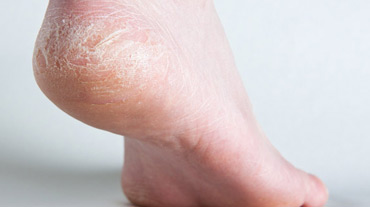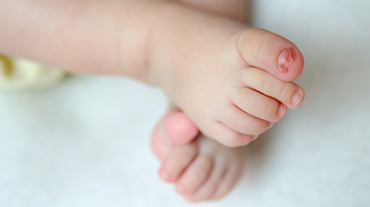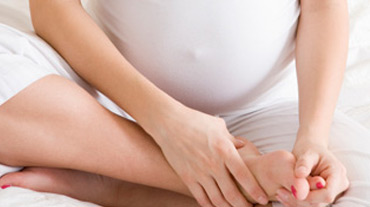Wearing shoes that fit properly and support your feet is vital to avoid sore feet and to prevent or alleviate many common foot problems. It’s also important to choose footwear that will minimise your risk of falling and slipping.
Hard surfaces can cause pain and problems
People who spend a lot of time on hard surfaces – such as concrete – are more prone to heel and forefoot pain, and tend to develop more calluses and corns. To reduce the effect of concrete on your feet, wear supportive shoes (preferably lace-up) with softer soles and innersoles. Arch supports will help distribute weight over a larger surface area so that pressure is not focused on the heel and forefoot.
Lace-up boots may ease sore feet
Lace-up boots maintain the alignment of the leg so that the muscles and ligaments on either side of the foot have even amounts of pressure placed on them. This can help to reduce foot soreness. However, lace-up boots can restrict the range of motion at the ankle joint. As a general rule, wear boots that don’t come too high above the ankle and make sure they fit comfortably around the front of the ankle, preferably with a padded tongue.
High heels can place significant stress on your body
High-heeled shoes place the foot into an unnatural position, affecting the foot and your posture. Prolonged periods of walking in high heels can place unnecessary stress on your back and neck, and result in permanent posture changes. It is not uncommon for women who have been in high heels for most of their working lives to find themselves in pain when they start to regularly wear flat shoes.
The high-heeled shoe also places greater pressure on the forefoot, which can cause a build-up of calluses. The pointed toe puts significant pressure against the toes, which can cause permanent deformity including bunions, claw toes, corns and thickening of the nails.
Appropriate footwear is vital for playing sport
Sportspeople need footwear that provides cushioning for shock absorption and for medial and lateral stability. Sports shoes should be able to bend easily at the ball of the foot and the heel should not slide in the shoe.
Shoe inserts and insoles
Shoe inserts can increase comfort and support, and even correct individual foot problems. Insoles bought at pharmacies and sports stores are generally made from soft materials to one generic arch shape. While they may be adequate for some people, they do not address specific problems of individuals. Some insoles are designed purely to redistribute weight away from problems or areas of pain on the foot.
Podiatrists prescribe insoles to help correct mechanical problems in the foot. These are made from a cast of the foot and are tailored specifically to your feet. Because these devices are ‘one of a kind’, they are more expensive.
Alternate your shoes
Alternating your shoes from one day to the next will help to vary the posture of the foot and distribute the load over a greater range of joints and muscles. It will also allow your shoes to dry out and therefore reduce the growth of bacteria.
Things to remember
- See a podiatrist if foot problems persist – contact us on 6651 3824 for an appointment
- Wearing shoes that fit properly and support your feet is important for pain free, healthy feet
- Select shoes that suit the activity
How to choose your shoes
Always consider the type of activity you are planning, the type of foot you have, your age, your medical conditions and any foot problems that you may have. But there are some simple rules for choosing a good shoe.
- Your shoes should be long enough and deep enough to avoid any pressure on the tips or the tops of the toes
- The shoe should be the width of your thumb longer than your longest toe
- Shoes should have a firm fastening device around the instep a bar, a lace or a velcro-strap. This is to hold the foot back against the heel and to prevent the foot sliding forward and the heel slipping out of the shoe
- A low broad heel will reduce the pressure on the front of the foot and increase stability
- The toe box should be round and wide to avoid cramping of the toes. It should be deep enough to accommodate any toes deformities or insole that may required
- The shape and the width of the shoes should be more or less the same as your feet
- The sole of the shoes should be made up of non-slip resilient materials
- Does this mean that you should throw away all your “fashionable” shoes? No, just try and consider your feet and wear a more foot friendly shoe as much as you can



